Cables are an integral part of our daily lives, connecting our electronic devices and facilitating seamless communication and data transfer. In this article, we will explore the features, applications, benefits, and limitations of three commonly used cables: HDMI, Ethernet, and USB. Understanding the differences between these cables can help you make informed decisions when choosing the right cable for your specific needs. 1. HDMI Cable: HDMI (High Definition Multimedia Interface) cables are widely used for transmitting high-definition video and audio signals between two devices. Initially introduced in 2003, HDMI has rapidly become the standard for connecting devices such as TVs, projectors, gaming consoles, and Blu-ray players. Key features and characteristics of HDMI cables are as follows: – HDMI cables come in different versions, including HDMI 1.4, HDMI 2.0, HDMI 2.1, each offering different capabilities in terms of resolution, refresh rates, and audio formats. This ensures compatibility with various devices and supports the latest video and audio technologies. – HDMI cables can transmit video resolutions up to 4K, making them suitable for Ultra HD displays.
wire and cable
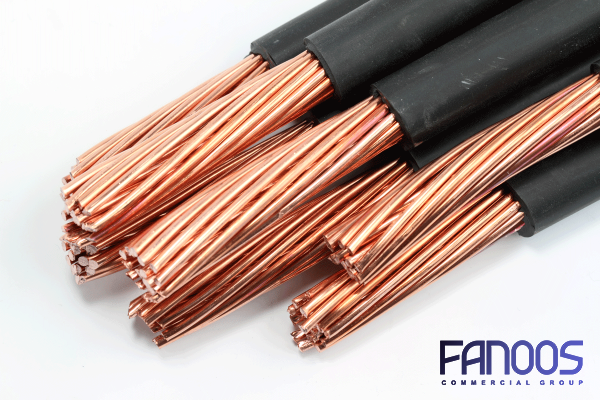 The newest HDMI 2.1 standard allows for even higher resolutions and refresh rates, such as 8K at 60Hz and 4K at 120Hz, respectively. – HDMI supports multiple audio formats, including Dolby Atmos and DTS:X, providing an immersive audio experience for home theaters and high-end audio systems. – HDMI cables are bi-directional, meaning they can transmit signals in both directions. This capability allows devices to communicate and send control commands, eliminating the need for additional cables or remotes. – HDMI cables utilize a single cable to transmit both audio and video signals, reducing clutter and simplifying cable management. – Although HDMI cables offer superior quality for audio and video, they have a limited reach and are typically suitable for shorter distances (up to 50 feet). For longer distances, signal boosters or fiber optic HDMI cables may be required. 2. Ethernet Cable: Ethernet cables, also known as network cables or RJ45 cables, are used for establishing a wired internet connection between devices. Ethernet has become the standard for local area network (LAN) connections, providing reliable and high-speed data transfer.
The newest HDMI 2.1 standard allows for even higher resolutions and refresh rates, such as 8K at 60Hz and 4K at 120Hz, respectively. – HDMI supports multiple audio formats, including Dolby Atmos and DTS:X, providing an immersive audio experience for home theaters and high-end audio systems. – HDMI cables are bi-directional, meaning they can transmit signals in both directions. This capability allows devices to communicate and send control commands, eliminating the need for additional cables or remotes. – HDMI cables utilize a single cable to transmit both audio and video signals, reducing clutter and simplifying cable management. – Although HDMI cables offer superior quality for audio and video, they have a limited reach and are typically suitable for shorter distances (up to 50 feet). For longer distances, signal boosters or fiber optic HDMI cables may be required. 2. Ethernet Cable: Ethernet cables, also known as network cables or RJ45 cables, are used for establishing a wired internet connection between devices. Ethernet has become the standard for local area network (LAN) connections, providing reliable and high-speed data transfer.
Specifications of wire and cable
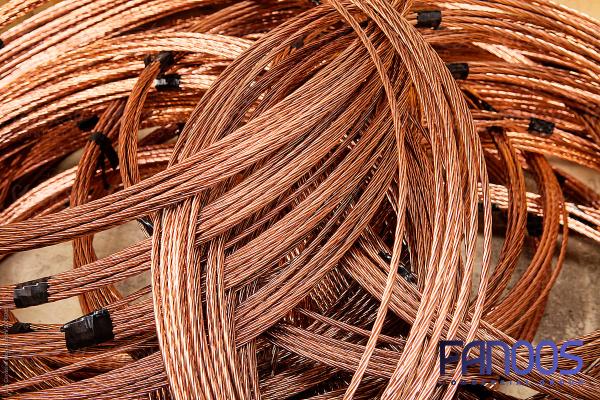 Here are some key features of Ethernet cables: – Ethernet cables come in different categories, including Cat5, Cat5e, Cat6, and Cat7, each supporting different bandwidths and data transfer rates. The higher the category, the faster the speed and better the performance. – Ethernet cables are typically used to connect computers, routers, switches, and other networking devices. They provide a stable and secure connection, making them ideal for activities such as online gaming, streaming, and file sharing. – The maximum speed of an Ethernet connection depends on the category of the cable. Cat5 cables support up to 100 Mbps, Cat5e supports up to 1 Gbps, Cat6 supports up to 10 Gbps, and Cat7 supports up to 10 Gbps or even 40 Gbps for shorter distances. – Ethernet cables use twisted pairs of copper wires, which minimize interference and cross-talk, ensuring a reliable and stable connection. – Ethernet cables can achieve longer distances without the need for signal boosters. For standard cables, the maximum length is 100 meters (328 feet). However, it is important to note that longer distances might result in reduced speed or signal degradation. – Ethernet cables also support Power over Ethernet (PoE), allowing devices like IP cameras, access points, and VoIP phones to receive power and data through a single cable, eliminating the need for separate power wires. 3. USB Cable: USB (Universal Serial Bus) cables are primarily used for connecting peripheral devices, such as smartphones, printers, external hard drives, and cameras, to a computer or other compatible devices. Here are some key features and characteristics of USB cables: – USB cables come in various versions, including USB 2.0, USB 3.0, USB 3.1, and the latest USB 4.0. These versions differ in data transfer speeds, power delivery capacities, and compatibility with devices. USB 3.0, for example, offers higher data transfer rates and improved power delivery compared to USB 2.0.
Here are some key features of Ethernet cables: – Ethernet cables come in different categories, including Cat5, Cat5e, Cat6, and Cat7, each supporting different bandwidths and data transfer rates. The higher the category, the faster the speed and better the performance. – Ethernet cables are typically used to connect computers, routers, switches, and other networking devices. They provide a stable and secure connection, making them ideal for activities such as online gaming, streaming, and file sharing. – The maximum speed of an Ethernet connection depends on the category of the cable. Cat5 cables support up to 100 Mbps, Cat5e supports up to 1 Gbps, Cat6 supports up to 10 Gbps, and Cat7 supports up to 10 Gbps or even 40 Gbps for shorter distances. – Ethernet cables use twisted pairs of copper wires, which minimize interference and cross-talk, ensuring a reliable and stable connection. – Ethernet cables can achieve longer distances without the need for signal boosters. For standard cables, the maximum length is 100 meters (328 feet). However, it is important to note that longer distances might result in reduced speed or signal degradation. – Ethernet cables also support Power over Ethernet (PoE), allowing devices like IP cameras, access points, and VoIP phones to receive power and data through a single cable, eliminating the need for separate power wires. 3. USB Cable: USB (Universal Serial Bus) cables are primarily used for connecting peripheral devices, such as smartphones, printers, external hard drives, and cameras, to a computer or other compatible devices. Here are some key features and characteristics of USB cables: – USB cables come in various versions, including USB 2.0, USB 3.0, USB 3.1, and the latest USB 4.0. These versions differ in data transfer speeds, power delivery capacities, and compatibility with devices. USB 3.0, for example, offers higher data transfer rates and improved power delivery compared to USB 2.0.
buy wire and cable
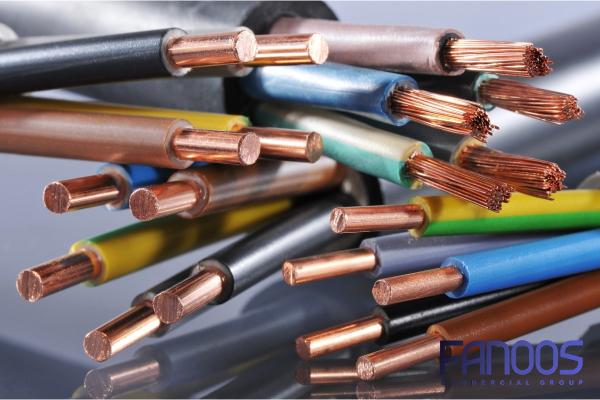 – USB cables are known for their plug-and-play functionality, making them easy to use without the need for additional drivers or software installations. They are also hot-swappable, meaning they can be connected or disconnected while the devices are powered on. – USB cables provide both data transfer and charging capabilities, enabling users to transfer files and charge devices simultaneously. – USB cables utilize different connectors, including USB-A, USB-B, USB-C, and Micro-USB, each with its own specific use and compatibility. USB-C, for instance, is a reversible connector and is increasingly being adopted as a standard for newer devices due to its versatility and high-speed capabilities. – USB cables have a limited length for reliable data transfer, typically around 15 feet for USB 2.0 and shorter distances for higher USB versions. Extending the length may require the use of signal repeaters or active USB extension cables. Conclusion: HDMI, Ethernet, and USB cables each serve distinct purposes in connecting devices, transmitting data, and facilitating communication. Understanding the differences between these cables can help you choose the right one for your specific needs, be it enjoying high-definition multimedia content with HDMI, establishing a reliable wired connection with Ethernet, or connecting peripheral devices with USB. By making informed decisions about cable types and specifications, you can ensure seamless connectivity and enhance your overall digital experience.
– USB cables are known for their plug-and-play functionality, making them easy to use without the need for additional drivers or software installations. They are also hot-swappable, meaning they can be connected or disconnected while the devices are powered on. – USB cables provide both data transfer and charging capabilities, enabling users to transfer files and charge devices simultaneously. – USB cables utilize different connectors, including USB-A, USB-B, USB-C, and Micro-USB, each with its own specific use and compatibility. USB-C, for instance, is a reversible connector and is increasingly being adopted as a standard for newer devices due to its versatility and high-speed capabilities. – USB cables have a limited length for reliable data transfer, typically around 15 feet for USB 2.0 and shorter distances for higher USB versions. Extending the length may require the use of signal repeaters or active USB extension cables. Conclusion: HDMI, Ethernet, and USB cables each serve distinct purposes in connecting devices, transmitting data, and facilitating communication. Understanding the differences between these cables can help you choose the right one for your specific needs, be it enjoying high-definition multimedia content with HDMI, establishing a reliable wired connection with Ethernet, or connecting peripheral devices with USB. By making informed decisions about cable types and specifications, you can ensure seamless connectivity and enhance your overall digital experience.
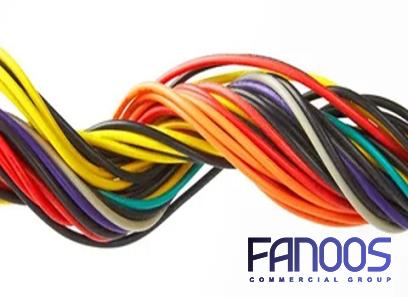
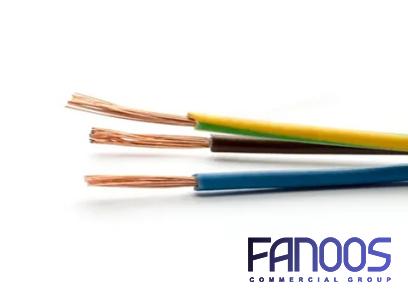
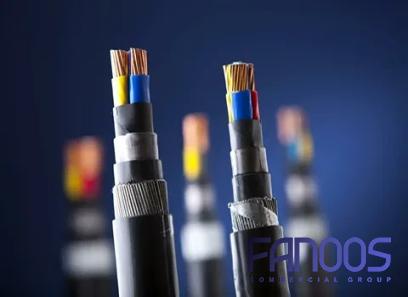
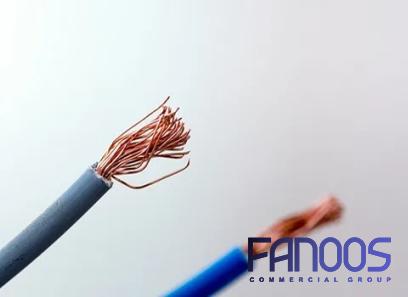
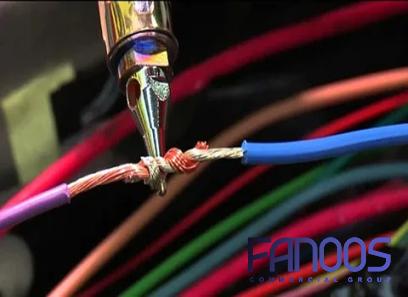
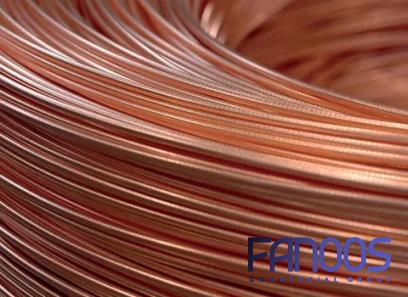
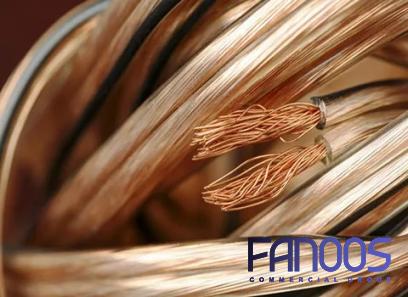
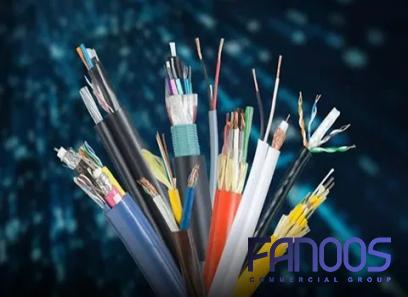
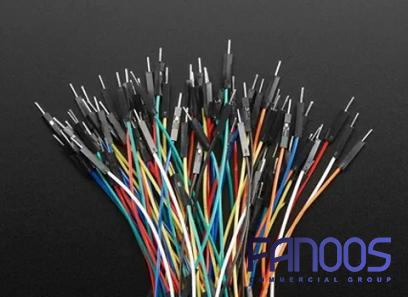
Your comment submitted.